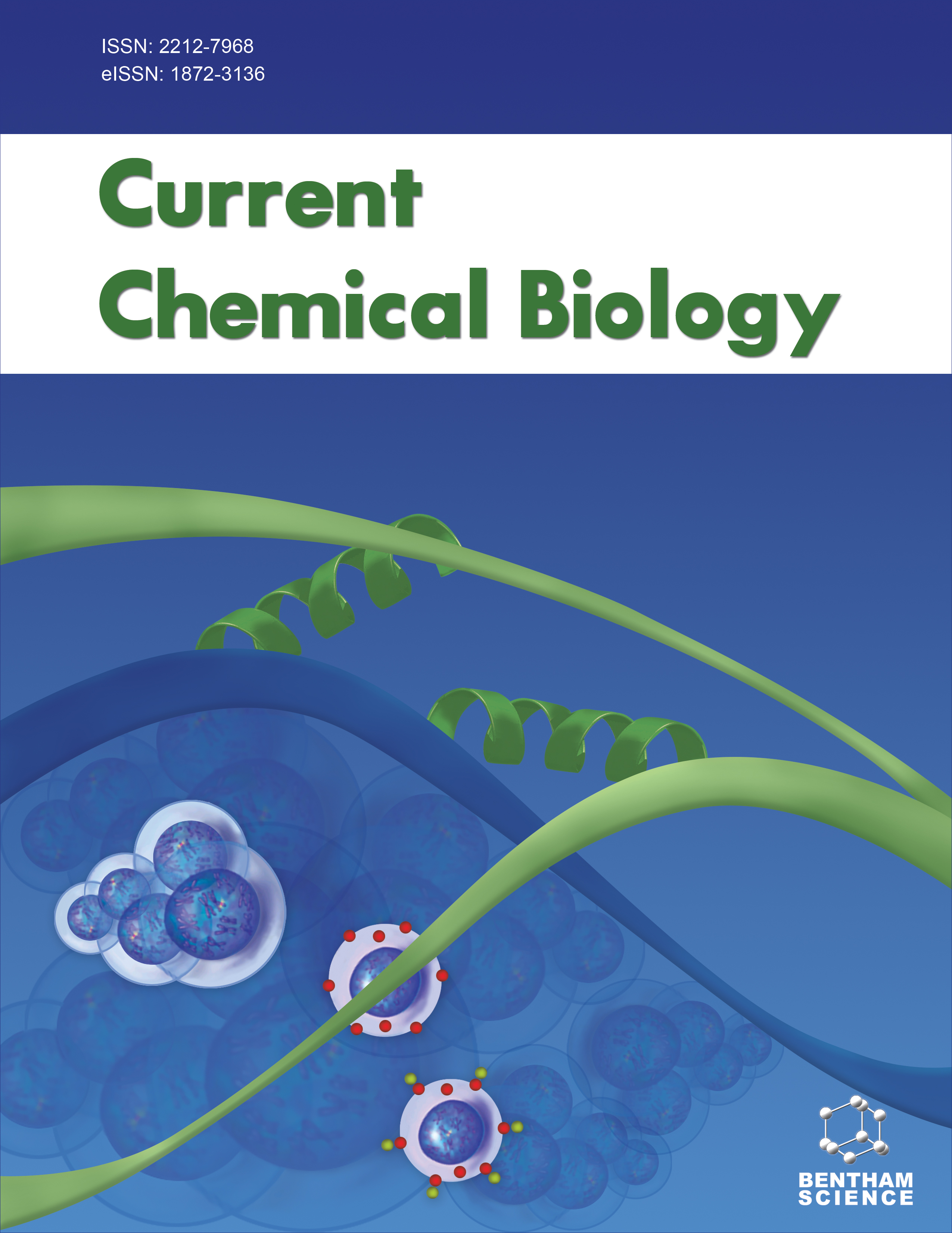
Full text loading...
We use cookies to track usage and preferences.I Understand
Brain cancers, particularly gliomas, are a significant cause of mortality worldwide. Gliomas are primary tumors of the central nervous system (CNS) and are characterized by diverse clinical and biological features. Despite advancements in clinical approaches and surgical techniques, the treatment of high-grade gliomas still poses multiple challenges. This article focuses on a key active substance found in Panax ginseng called Ginsenosides. Ginsenosides belong to a specific class of triterpenoid saponins and have demonstrated various therapeutic effects, including neuroprotective, anticancer, anti-inflammatory, and neuroprotective functions. These compounds have shown potential in the treatment of gliomas and other cancers. Several pathways associated with ginsenosides, such as Rg3, Rh2, Rd, and Rb1, have been extensively studied, and these compounds have been proposed as potential targets in glioma treatment. The precise mechanisms of action of ginsenosides in gliomas are still being investigated, but their ability to modulate various signalling pathways and exert multiple therapeutic effects makes them promising candidates for further research and development. Clinical trials and additional studies are necessary to validate their therapeutic benefits and determine the optimal dosage, administration route, and potential combination with other treatment modalities. In summary, ginsenosides, the active compounds found in Panax ginseng, exhibit various therapeutic effects, including potential anti-cancer properties in gliomas. Their ability to modulate multiple pathways makes them promising targets for further research in the field of glioma treatment. However, more studies are required to establish their effectiveness and safety in clinical settings.

Article metrics loading...

Full text loading...
References


Data & Media loading...

